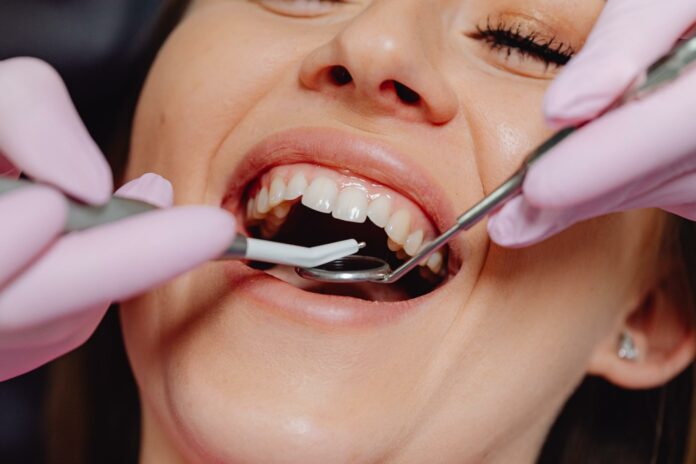Gum disease is a prevalent oral health issue affecting millions of people worldwide. It can lead to serious dental conditions, tooth loss, and overall health problems if left untreated. Fear not, as preventing gum disease is entirely achievable by adopting effective oral care routines and habits. This guide delves into some practical strategies to keep your gums healthy and disease-free.
Understanding Gum Disease
Gum disease, also known as periodontal disease, starts with the accumulation of bacteria, plaque, and tartar on teeth and gum lines. The early stage called gingivitis results in red, swollen, and bleeding gums. If not addressed, it progresses into periodontitis, causing profound health implications like tooth loss and jawbone deterioration.
Underlying health issues, such as diabetes and hormonal imbalances, may increase your risk of developing gum disease. It is crucial to take special care of oral health if you have any pre-existing medical conditions and seek advice from a healthcare professional to address any medical issues that may affect your overall well-being and gum health.
Keeping an eye on the warning signs of gum disease enables you to seek prompt dental treatment and prevent its progression. Early symptoms can include bleeding gums during or after brushing or flossing, bad breath that lingers for long periods, and receding gum lines or loose teeth. If you experience any of these symptoms, visit a dental professional as early intervention is critical in managing gum disease.
Importance of Oral Hygiene
Maintaining a high level of oral hygiene is the first line of defense against gum disease. This includes brushing your teeth at least twice per day with a soft-bristle toothbrush using fluoride toothpaste, flossing daily to remove bacteria and food particles from between teeth, using a tongue scraper to reduce harmful bacteria on your tongue, and rinsing your mouth with water or an alcohol-free mouthwash after meals or sugary snacks to wash away bacteria.
Regular dental checkups and cleanings are vital for early detection and prevention of gum disease. Dentists will not only examine your gums but also identify plaque and tartar buildup that requires professional removal. The American Dental Association recommends visiting your dentista once every six months for checkups and cleanings, or more frequently if recommended by your dentist, as well as seeking professional advice on correcting bite issues or any dental problems to reduce the risk of gum disease.
Important Lifestyle Habits
A balanced diet also plays a significant role in keeping your gums healthy. Consuming nutrient-rich foods provides your immune system with the essential tools to combat harmful bacteria and inflammation. Some important nutritional recommendations include eating foods rich in Vitamin C, like oranges, grapefruits, and strawberries, which help maintain the integrity of gum tissue and support collagen production, including Vitamin D-rich foods in your diet like fortified dairy products, eggs, and fatty fish, which promote calcium absorption, supporting strong teeth and bone. It can also be helpful to opt for crunchy fruits and vegetables that have a high water content, stimulating saliva production and aiding in the natural removal of bacteria.
Your lifestyle choices can either aid in the prevention of gum disease or facilitate its development. Following these guidelines help to keep your gums healthy:
- Abstaining from smoking, as it weakens the immune system and makes it harder to fight off gum infections.
- Limiting alcohol consumption as it has a drying effect on the oral cavity, promoting bacterial growth.
- Practicing stress management techniques, like exercising, meditation, or seeking professional counseling, as stress affects the immune system’s response to gum infections.
Oral Health Products for Preventing Gum Disease
Investing in effective oral health products can offer additional protection against gum disease. Consider using electric toothbrushes, which often deliver a more thorough cleaning than manual toothbrushes, interdental brushes or water flossers for easy plaque and bacteria removal between teeth and around braces or dental work, and antimicrobial mouthwashes or those containing chlorhexidine, as these can help control excessive bacterial growth and inflammation.
Preventing gum disease is a lifelong commitment to diligent oral care routines and conscious lifestyle choices. By understanding gum disease, maintaining excellent oral hygiene, and adopting positive lifestyle habits, you can keep your gums healthy and enjoy a bright, confident smile for years to come.


